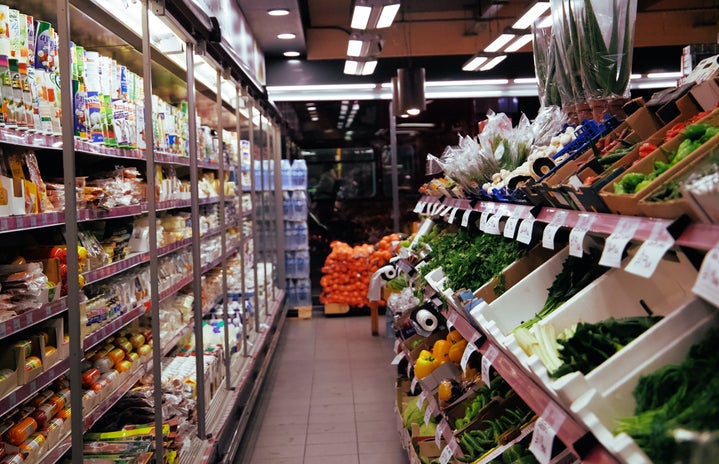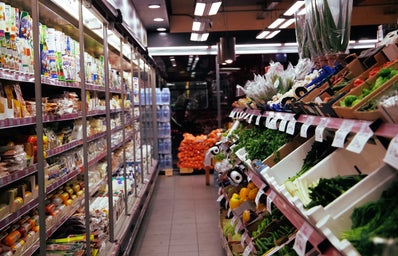In sixth grade, I was diagnosed with Celiac Disease, which is a severe allergy to gluten, and ever since, I have maintained a perfect, well rounded gluten free diet. That is until my freshman year of college.
When I toured Endicott my senior year of high school, I took note of how well the cafeteria accommodated students with allergies. There were numerous options including pizza, pasta, salad, various types of protein, and fresh vegetables. There were also numerous sides including French fries, mashed potatoes, vegetables, and yogurt. Since arriving at Endicott my freshman year, however, I realized that this was a staged image of ideals.
On a typical lunch or dinner during the week the options are as followed: empty trays of what once had chicken fingers, rice, french fries, pizza, and a Caesar salad drenched in dressing. At first this was ok, because I was able to rotate different foods: lunch pizza, dinner rice. Eventually, as one could assume, this became inadequate.
There are rarely good vegetables being served, and if they are served, they are overcooked and mushy. There are, however, pre-packaged salads in a small refrigerator, which would be great if they didn’t have some of my other allergies as toppings. The salads typically have peppers, tomatoes, lettuce, cucumbers, and carrots. This is an issue for me simply because I also happen to be sensitive to tomatoes and peppers. Now I could make a salad at the salad bar but there is a risk of cross contamination.
The gluten free allergen area is supposed to provide me with a variety of choices and good, healthy foods. However, this is not the case. There are ways to fix this however. The first would include having the trays of food refilled the second they begin to run low. I know that a lot of the more popular foods disappear quite quickly and I have noticed that the school doesn’t begin to add more food until it has gone completely empty. This can be difficult because I only have small amounts of time to eat in between classes and, therefore, I don’t always have time to wait.
Another way to fix this is to create a method of tracking the people who come in and out of the food area. A lot of people without allergies, meaning the people who aren’t supposed to be allowed to take food from this section, come in and help themselves. This can be an issue because the school makes the food in smaller portions and, therefore, we run out of food faster. I find it necessary that Endicott creates a system so that students have to swipe their gull cards to enter the area. In doing so, I hope that only the students who need to eat there can eat there, allowing enough food for everybody with allergies.
The most important improvement that needs to be made, however, is the access to a wider variety of foods. I am tired of eating the same things everyday. On occasion, they do switch it up and add other foods, for example, sometimes they add nachos. I feel as though these chance occurrences should happen much more often. There needs to be more than pizza, chicken fingers, and rice.
I know that this isn’t just an issue here at Endicott, and so I thought I would share my experiences so others realize the need for better quality gluten free foods in colleges across the country. Hopefully, with enough people talking about it, a real change can be made.


